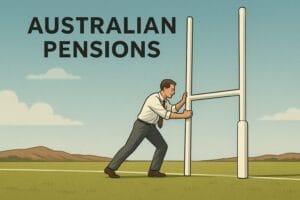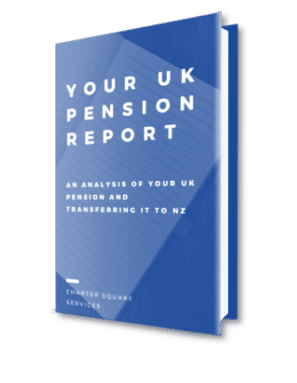Transfers to QROPS are still popular with expats, and people returning home from working in the UK. Since QROPS started in April 2006, some 123,100 retirement savers have transferred a massive £11.41 billion into offshore pensions. Our analysis suggests New Zealand accounts for about a sixth of all the transfers, so that is around £2 billion.
With so much money having been transferred in the past, people are now thinking about moving it from one scheme to another
In 2018, over 5,000 people switched funds from a UK pension their existing QROPS – a 6% increase on the previous year. Here in NZ there is anecdotal evidence of more QROPS to QROPS transfers with people becoming aware they are not locked in to the scheme they transferred their UK pension to. Better accessibility and lower fees are incenting people to look at their options.

International transfer numbers have fallen as HMRC intervention has sought to stem the tide
The total value of transfers for the past year was £640 million – slightly down in value on the year before, HMRC report states, “This is the fifth consecutive annual decline in the value of transfers, notably lower than the £1,760 million peak value of transfers in 2014-15.“
The 2014-2015 year was an anomaly as it had been well telegraphed that unfunded public sector pension transfers were about to be stopped after 6 April 2015 and there was a rush by people to exit their scheme. These schemes represent 40% of all private pensions in the United Kingdom.
From March 2017, HMRC has levied an overseas transfer charge(OTC) of 25% of the value of the fund moved into a QROPS, subject to certain exemptions, such as if the pension is based in the same country as the retirement saver lives. This has stopped international advisers coming to countries like New Zealand and convincing people to transfer their UK pensions to places like Malta and Gibraltar. For New Zealand this has been a positive development and has not generally effected the level of transfers to the country.
Average transfer value have risen significantly since 2011
The rising average transfer value can be put down to two key factors: the buoyant financial markets increasing the value of many pension holders assets; and the low yields on bonds driving up defined benefit transfer values.
The higher transfer values have kept the transfer market to New Zealand reasonably constant over the past couple of years. However, we have noted an increased trend to transfer and remain invested in sterling denominated funds as the exchange rate has remained below a seeming psychological barrier of two dollars to the pound. There is no right or wrong time to transfer a UK pension, what important is that anyone with a UK pension stays abreast of the issues impacting their pensions value, the tax on it and their accessibility to it. Basically, it’s a good idea to constantly review your position.



